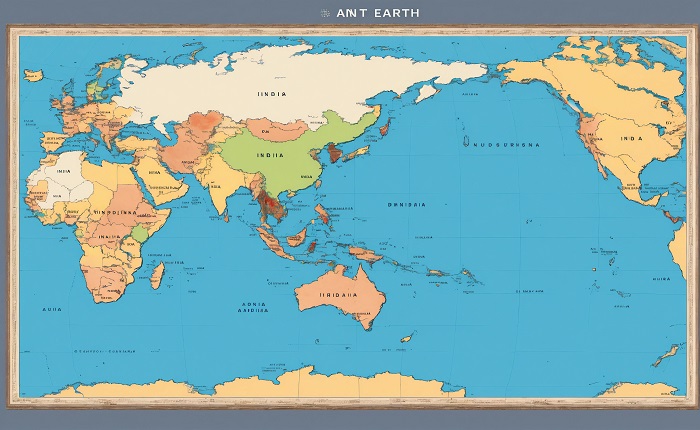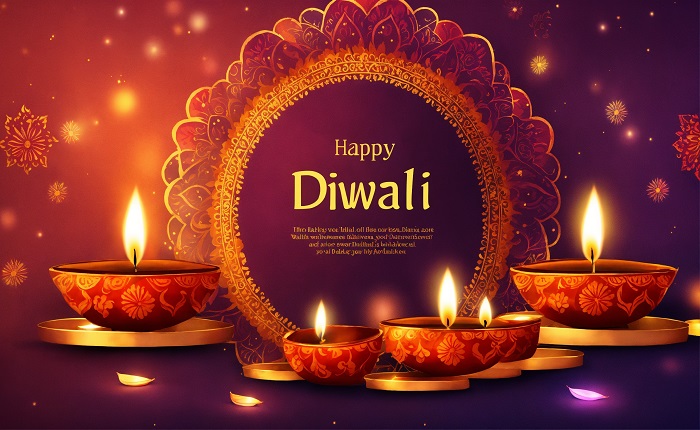India Map with States: A Comprehensive Guide to the States and Union Territories of India

Introduction
India is a land of incredible diversity, not just in culture and language but also in geography. Understanding the India map with states is crucial to appreciating the country’s vastness and regional variety. The map of India is divided into 28 states and 8 union territories, each with its unique characteristics, topography, and cultural heritage. In this comprehensive guide, we will take a closer look at the India map with states, covering their locations, demographics, and importance in India’s overall framework.
The Importance of Knowing the India Map with States
The India map with states is more than just a geographical representation; it’s a key to understanding India’s political, cultural, and social diversity. Knowing the locations of different states helps one understand the historical and political significance of regions and how they contribute to the nation’s unity in diversity. The India map with states is essential for anyone looking to understand India’s vastness, from students learning geography to tourists exploring the country.
Historical Evolution of the India Map with States
The India map with states has evolved over time, with significant changes occurring post-independence. When India gained independence in 1947, it was divided into princely states and provinces under British rule. The India map with states as we know it today was formed after the States Reorganization Act of 1956, which grouped regions based on linguistic and cultural similarities. Understanding the history of how the India map with states has evolved provides insight into the political and administrative decisions that shaped modern India.
North India: The Cradle of Ancient Civilizations
The northern region on the India map with states is home to some of the country’s most historically significant states, such as Uttar Pradesh, Haryana, and Punjab. This region includes the fertile plains of the Ganges and Yamuna rivers and is often referred to as the cradle of ancient Indian civilizations. States like Uttar Pradesh, where the iconic city of Varanasi is located, and Punjab, known for its vibrant Sikh culture, are critical components of the India map with states.
The Western States: Rajasthan, Gujarat, and Maharashtra
The western part of the India map with states includes Rajasthan, Gujarat, and Maharashtra. Rajasthan is known for its arid desert landscapes and majestic forts, while Gujarat is famous for its rich history and being the birthplace of Mahatma Gandhi. Maharashtra, home to the bustling city of Mumbai, plays a significant role in India’s economy and culture. These states are vital in understanding the diverse geographical and cultural features displayed on the India map with states.
The Northeastern States: A Unique Cultural Tapestry
The Northeastern region of India, highlighted on the India map with states, comprises seven sister states: Assam, Arunachal Pradesh, Meghalaya, Manipur, Mizoram, Nagaland, and Tripura. This region is known for its stunning natural beauty, including hills, rivers, and forests, as well as its rich tribal cultures. The India map with states showcases this part of the country as a unique blend of traditions, languages, and landscapes.
Eastern India: Bihar, Jharkhand, West Bengal, and Odisha
The eastern states of India, which include Bihar, Jharkhand, West Bengal, and Odisha, are rich in cultural history and natural resources. The India map with states displays these regions as vital economic zones due to their agricultural output, especially in Bihar and West Bengal. Odisha, with its ancient temples and vibrant festivals, adds to the cultural diversity depicted in the India map with states. Each state has its own significance, contributing to the vibrant tapestry of India.
Southern India: A Land of Spices, Temples, and Technology
The southern region of the India map with states is known for its rich cultural heritage, technological advancements, and significant contributions to India’s economy. States like Karnataka, Kerala, Tamil Nadu, Andhra Pradesh, and Telangana are key players in India’s software and IT industries. Tamil Nadu, with its magnificent Dravidian temples, and Kerala, famous for its backwaters and spice trade, show the cultural diversity visible on the India map with states. These states reflect the economic strength and historical richness of southern India.
Central India: Madhya Pradesh and Chhattisgarh
Central India, as shown on the India map with states, is dominated by Madhya Pradesh and Chhattisgarh. Madhya Pradesh is often referred to as the “Heart of India” due to its central location, and it is rich in historical monuments, including UNESCO World Heritage Sites like Khajuraho. Chhattisgarh, on the other hand, is known for its mineral wealth and vast tribal populations. The central region’s strategic importance is clearly visible on the India map with states, as it serves as a bridge between the northern, eastern, and southern states.
Union Territories on the India Map with States
The India map with states also includes eight union territories, which are administratively different from states. These territories, such as Delhi, Puducherry, and the Andaman and Nicobar Islands, have unique governance structures and contribute significantly to the cultural and geographical diversity of India. Understanding the placement and governance of these territories on the India map with states is essential for a complete view of India’s political landscape.
The Role of Rivers in Shaping the India Map with States
Rivers play a crucial role in defining the geography of India, and this is evident on the India map with states. Major rivers like the Ganges, Yamuna, Brahmaputra, and Narmada not only provide water for agriculture but also act as natural boundaries between states. The Ganges River, in particular, is of immense spiritual significance and passes through several states, including Uttar Pradesh and Bihar. The rivers visible on the India map with states are lifelines for the millions of people living along their banks.
The Impact of Mountains on the India Map with States
The India map with states prominently features the Himalayan range in the north, which acts as a natural barrier and influences the climate of the entire subcontinent. States like Himachal Pradesh, Uttarakhand, and Jammu & Kashmir are located in the mountainous regions, offering scenic beauty and adventure tourism. The Western Ghats and Eastern Ghats in the southern part of the India map with states also significantly affect the climate and biodiversity of the region.
Geopolitical Significance of India’s Borders
India shares its borders with several countries, and the India map with states shows how states like Punjab, Rajasthan, and Jammu & Kashmir share international borders with Pakistan, while states like Arunachal Pradesh and Sikkim are bordered by China, Bhutan, and Nepal. These bordering states play a crucial role in India’s geopolitical strategies and defense. Understanding the geopolitical significance of the India map with states helps in comprehending India’s international relations and border security concerns.
Conclusion
The India map with states is a dynamic and ever-evolving entity that reflects the country’s rich heritage, geographical diversity, and political landscape. From the snow-capped Himalayas in the north to the tropical beaches in the south, the India map with states showcases a country of incredible variety. Understanding the intricacies of the India map with states allows us to appreciate the unity in diversity that defines India. Whether you’re a student, traveler, or researcher, a deeper knowledge of the India map with states provides a comprehensive understanding of one of the world’s most diverse nations.
FAQs
1. How many states are there in India?
India has 28 states, as shown on the India map with states. These states vary greatly in terms of culture, language, geography, and economic activities.
2. What are the union territories of India?
India has 8 union territories, including Delhi, Puducherry, and Chandigarh, as represented on the India map with states. These territories are directly governed by the central government.
3. Which is the largest state by area on the India map with states?
Rajasthan is the largest state by area, as depicted on the India map with states. It occupies a significant portion of northwestern India.
4. What is the significance of the rivers on the India map with states?
Rivers on the India map with states play a crucial role in agriculture, water supply, and transportation. They also serve as natural boundaries between states.
5. Why is the India map with states important for students?
The India map with states is an essential tool for students to understand the country’s geography, political divisions, and regional diversity, making it a crucial part of educational curricula.





